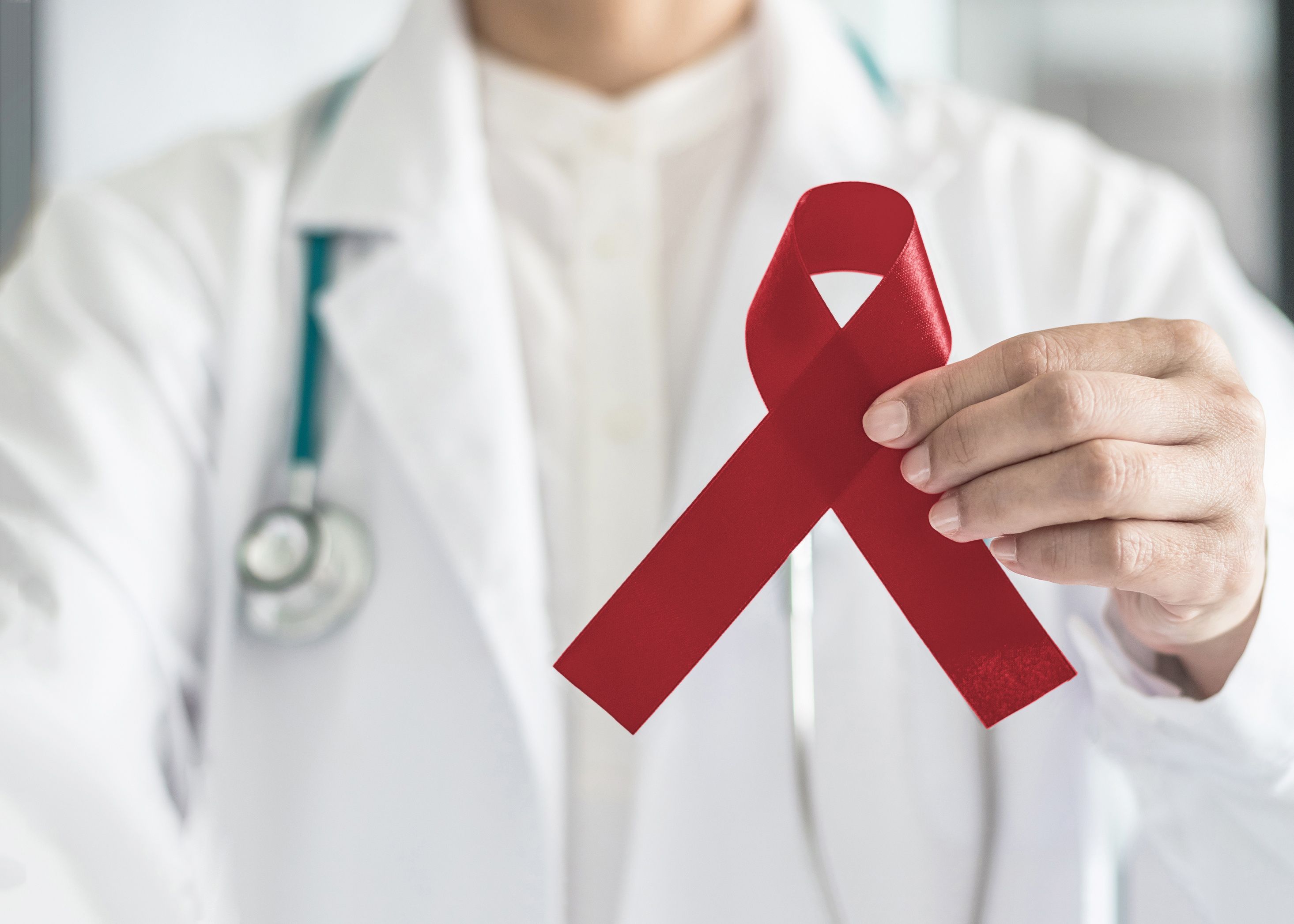Video
Disease Factors Influencing Treatment Pathways For HR+/HER2- Advanced Breast Cancer
Dr Ryan Haumschild, PharmD, MS, MBA, leads a discussion focused on HR-positive, HER2-negative treatment in advanced-stage breast cancer.
Ryan Haumschild, PharmD, MS, MBA: Hello, and welcome to this Pharmacy Times® Practice Pearls titled “Targeted Treatment of HR-Positive, HER2-Negative Breast Cancer.” My name is Dr Ryan Haumschild. I’m a director of pharmacy at Emory Healthcare at Winship Cancer Institute [in Atlanta, Georgia]. Joining me in this discussion are Dr Heather Moore, a clinical oncology pharmacist of breast oncology in the department of pharmacy at Duke University Medical Center [in Durham, North Carolina]; and Dr Susan Dent, a medical oncologist and a professor of medicine at Duke University School of Medicine, the associate director of breast cancer clinical research, and the codirector of the cardio-oncology program at Duke Health. We’re going to talk about several topics pertaining to the evolving use of targeted therapies in HR [hormone receptor]–positive, HER2 [human epidermal growth factor receptor 2]–negative advanced breast cancer, including the treatment landscape, unmet needs, and the role of pharmacists in patient management. Let’s get started.
Let’s first talk about an overview of HR+, HER2- breast cancer. Dr Dent, you’re someone who’s practicing. What are some of the key factors that you think about when looking at the treatment of this patient population? From disease state to the patient’s age to even mutation status.
Susan Faye Dent, MD, FRCPC, FICOS: That’s a good question. When I’m thinking about the treatment of someone with HR+, HER2- metastatic breast cancer, I look at least 2 categories: the disease state and the patient factors. Let’s look at disease factors. Where is their disease? Is it predominantly bone? Do they have visceral disease? What’s the burden of their disease? Is it disease that has come on quickly or did it come on slowly? Did they have early stage disease that progressed?
I also think of their overall performance status, what their wishes are, and some other comorbidities they have. Because when you’re looking at the treatment of this disease, you have to realize it’s a chronic disease. They’re going to live with this for the rest of their lives. What’s the state of their disease today? What’s the state of that individual? What are their wishes, goals, and aspirations for the remainder of their life? How can we use our therapies to provide the best cancer therapy without having a detrimental impact on their quality of life?
Ryan Haumschild, PharmD, MS, MBA: That’s a great overview. I want to build on some of the things you mentioned. One thing you talked about was the metastatic patient population. That’s 1 thing you’re looking at. From your perspective, how many patients are diagnosed and progressed to metastatic disease on treatment vs those who show up and are diagnosed with metastatic breast cancer upon initial presentation?
Susan Faye Dent, MD, FRCPC, FICOS: That’s interesting. What we see in the United States and North America is different from what we see in the rest of the world. I’ve had the opportunity to travel around the world and see how women present. Fortunately, in the United States, only about 5% of women present with de novo, or new onset, metastatic disease. The majority of women whom we see have had early stage disease and come to us years later. They’ll unfortunately then develop metastatic disease, either because they’ve been off endocrine therapy for a while or they had disease that wasn’t endocrine sensitive. But the majority don’t present with new metastatic disease. The other interesting thing to realize is that despite our best treatments, 20% to 30% of women who have early stage breast cancer will eventually die of metastatic disease, so it’s still a significant problem in the United States.
Ryan Haumschild, PharmD, MS, MBA: Dr Moore, I want to build on some of the things we heard about. One of the most important ones is mutation testing. We think about PIK3CA and ESR1. When should that be considered when you’re treating a patient with HR+, HER2- breast cancer? What are some of the specific characteristics you’re going to be looking for to execute those tests early on?
Heather N. Moore, PharmD, BCOP, CPP: That’s a great question. It’s probably become a little more gray since we’ve had additional data over the last year or so. With a more definitive answer, it would be at first progression. Our standard line of therapy is typically going to be a CDK4/6 inhibitor in combination with an AI [aromatase inhibitor] or fulvestrant, so our standard first-line therapy isn’t going to change. It’s more so going to be what we think about with different changes in mutations of what would guide our second- or third-line treatments, specifically PIK3CA mutations or if the patient developed an ESR1 mutation. Those are things we’re specifically looking for that may guide next-line treatment.
Susan Faye Dent, MD, FRCPC, FICOS: I agree. If I can add to that, I typically feel that the CDK4/6 inhibitors are our first line of therapy. Therefore, do we need to know if there are any mutations present in that first-line setting? Interestingly, there was a study presented at San Antonio [Breast Cancer Symposium] in 2021, the PADA-1 study, looking at patients and their ESR mutational status when they were being treated with endocrine therapy and a CDK4/6 inhibitor and then switched. If they had an ESR mutation and weren’t clinically progressing, they switched the backbone from an aromatase inhibitor to fulvestrant.
The patients who switched to fulvestrant did a little better than those who were remained on the AI, which is in keeping with what we know: ESR mutations are associated with aromatase inhibitor resistance. That gives me some food for thought. I’m not saying I’m going to change what I do tomorrow, but there are some emerging data that suggest it might be important to at least understand what the best backbone is with the CDK4/6 inhibitor up front.
Heather N. Moore, PharmD, BCOP, CPP: There’s also some discussion about how a known PIK3CA mutation up front modifies how you may treat that patient earlier on. If you know that you have a patient with a PIK3CA mutation, it gives you the opportunity to send them to a dietitian to make dietary changes or things of that nature, preparing them for their second line of therapy.
Transcript edited for clarity.
Newsletter
Stay informed on drug updates, treatment guidelines, and pharmacy practice trends—subscribe to Pharmacy Times for weekly clinical insights.






